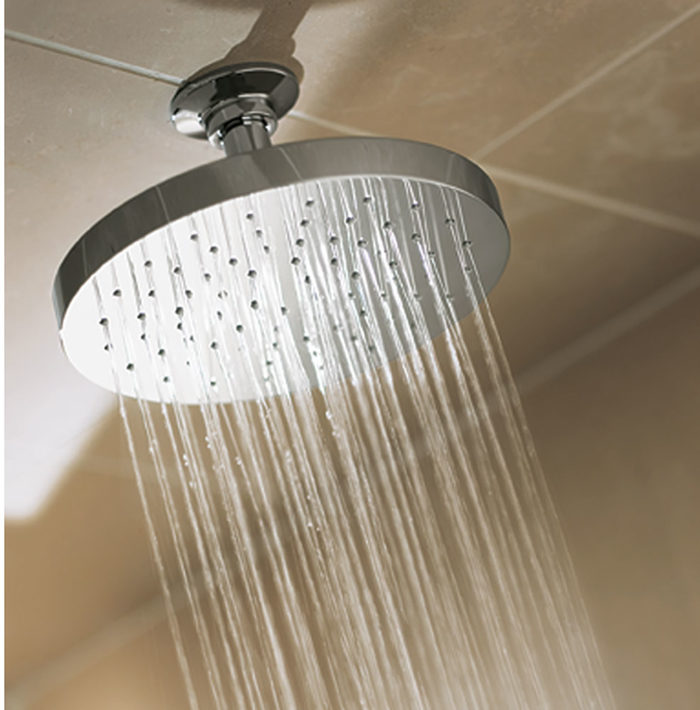
Image Credit: Photo: courtesy of Kohler
“We have very low pressure at the master-bathroom shower, and if any other plumbing is used, we literally have no water coming out of the showerhead.” The frustration in my new customer’s voice was palpable, and during the drive to his country estate, thoughts about the root causes of his home’s water-pressure woes ran through my head. I pulled into the driveway of what had to be a multimillion-dollar home. How could a house that looked this great be suffering so much internally?
I saw the problem almost as soon as I descended the stairs to the basement: a single pair of ½-in. PEX lines—one hot and one cold—running 75 ft. along the ceiling, with T-fittings spliced in at intervals to serve fixtures on the three floors above. The master bath’s lines were last along this undersize flow-through system, and as you might guess, the master bath was on the third floor.
What were they thinking? Simply put, they weren’t. Good plumbing isn’t rocket science; it’s applied science. Boil it down and you’ve got about 25% knowledge and 75% common sense. The problem is that most rough-plumbing jobs are won or lost by a bid process that emphasizes cost-cutting over performance. But doing things right and controlling costs are not mutually exclusive ideas. Both of them need to be engaged in designing and installing a plumbing system that makes sense.
At its most basic, plumbing is simply the practical application of hydraulics and physics to bring clean, healthy water from a municipal water main or a well to the places in the house where it’s needed—and when we’re finished with it, to remove the waste via the sanitary-sewer system to the municipal…
Weekly Newsletter
Get building science and energy efficiency advice, plus special offers, in your inbox.

This article is only available to GBA Prime Members
Sign up for a free trial and get instant access to this article as well as GBA’s complete library of premium articles and construction details.
Start Free TrialAlready a member? Log in





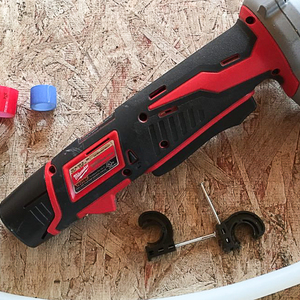
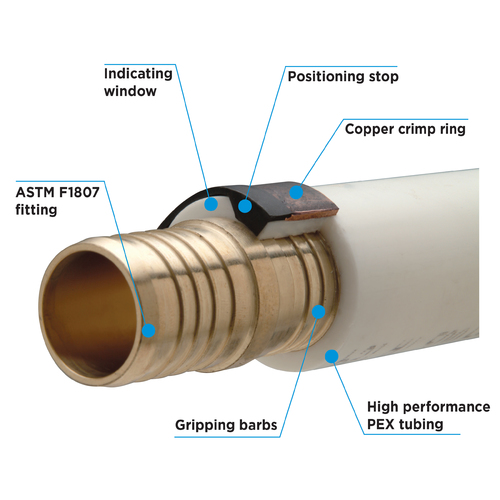
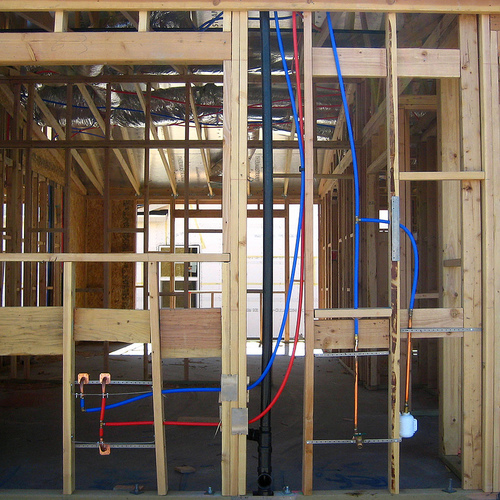
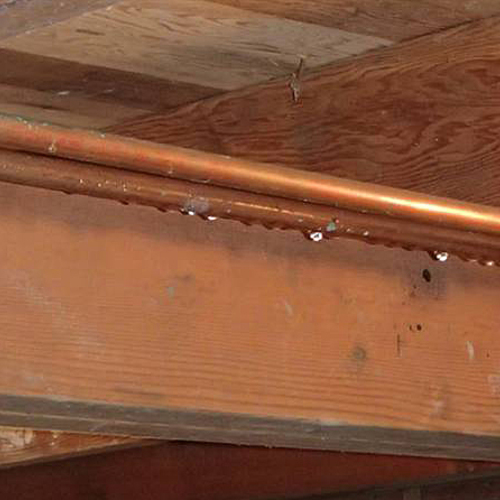






3 Comments
Double penalty for long hot water runs
A pressure problem in a long run of hot water can be solved by making the pipe diameter bigger, but then the already-large volume of water goes up further, lengthening the wait time for hot water and increase the waste when it is left in the pipe to cool. The real solution is to design the floorplans to cluster the kitchen and bathrooms near the central core of the house.
Article has Incorrect Link
The link "Download a PDF of this article." links to an article about spray foam, not plumbing. Could you fix it?
Response to C.B.
C.B.,
Thanks for letting us know about the bad link. It's been fixed.
Log in or become a member to post a comment.
Sign up Log in